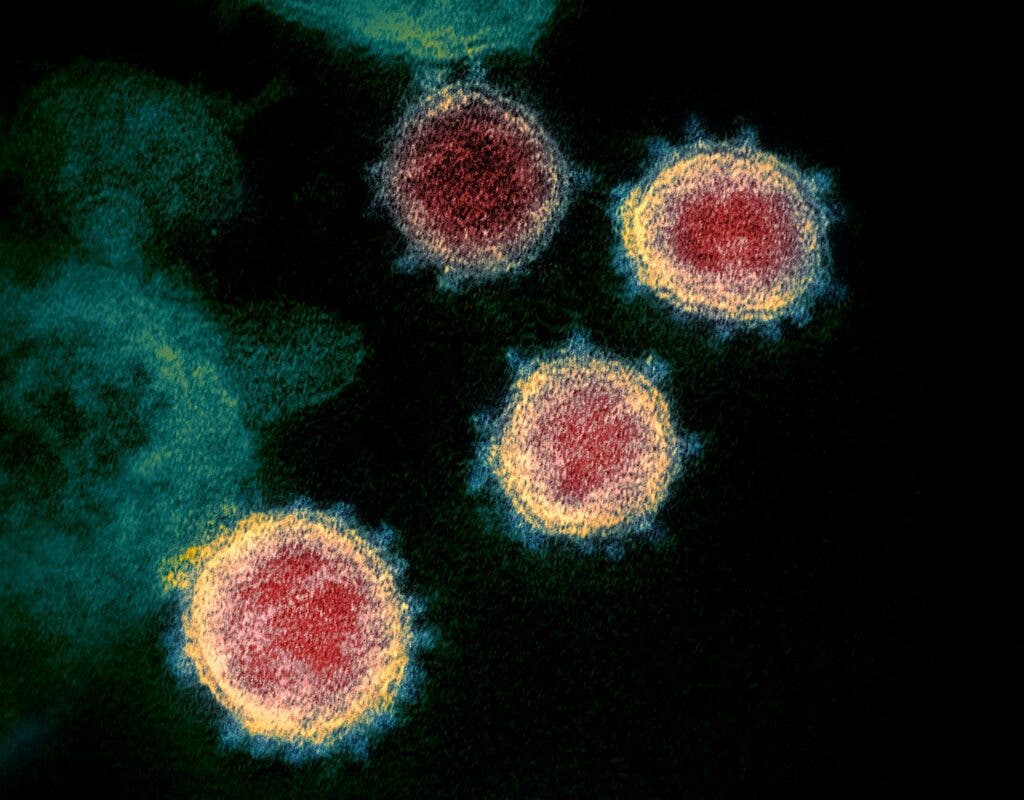With the emergence of the new coronavirus BA.2 subvariant — nicknamed the “stealth” variant — the potential need for a second booster shot of vaccine is being discussed.

After the omicron strain of the coronavirus was first identified at the end of November last year and it spread worldwide, manufacturers of mRNA COVID-19 vaccines announced that they are working on specific vaccines to counter the variant. Development has been slow, however, as early-stage animal studies showed that these variant-specific options didn’t offer a meaningful increase in protection compared to boosters of currently-available vaccines.
Coupled with a rapid decrease in the number of reported omicron cases, the urgency for these variant-specific vaccines also dropped — and with it, discussions about the need for a fourth (a ‘second booster’) shot.
The emergence of the new BA.2 substrain, however, has reignited these discussions among healthcare officials and the pharmaceutical industry.
Boosting the boosters
“The protection that we are getting from the third [doses], it is good enough — actually, quite good for hospitalizations and deaths,” said Pfizer CEO Albert Bourla in an interview Sunday on CBS’ Face the Nation.
Despite this, he adds, the protection offered by the third vaccine shot is “not that good against infections” with omicron, and isn’t long lasting. Pfizer is now at work to deliver a new dose that provides increased protection against all known variants for a much longer time than current options, Dr. Bourla explains.
US health officials however seem to be more keen on making sure everyone gets their third — or ‘booster’ — shot first, before taking on the issue of a fourth. This strategy is meant to ensure that everyone has at least an adequate level of protection first, to establish a solid foundation from which we can start to develop a subsequent booster. To date, only around 44.3% of people in the US have received their booster shot, with 76% having received at least one dose.
As much as the US — and indeed, the world at large — is looking to remove preventive measures set up during the height of the pandemic, the rise of the BA.2 subvariant is causing some concern. Cases have been steadily increasing in the US and Europe. BA.2 is currently believed to be 30% to 40% more transmissible than the original omicron variant, which itself was more transmissible than the ‘vanilla’ coronavirus. It is estimated that around 12% of all cases in the US today are caused by BA.2. Back in March, CNBC reported that over half of the coronavirus cases in Germany were caused by the new substrain. The United Kingdom is also experiencing a rapid rise in BA.2 cases.
Part of the issue with accurately quantifying the prevalence of BA.2 cases is that it presents a series of mutations that make it hard to distinguish from the Delta variant with polymerase chain reaction (PCR) tests, which check for the presence of the virus’ DNA in a sample. This is why it was nicknamed the “stealth variant”.
“You’re seeing an uptick across Europe, and I think that’s causing a lot of anxiety here in the United States that we’re going to see a surge of infection,” Scott Gottlieb, former Food and Drug Administration commissioner and Pfizer board member said in an interview for CNBC. “I do believe we’ll probably see a bump up of infections as we lift the mitigation, as BA.2 starts to spread and become more prevalent and as you get some waning immunity from the boosters that people got over the winter. But I don’t think it’s going to be another major surge of infection”.
Gottlieb also stated that he believes the rates of new infections will go into decline as we are headed into the spring and summer months, when people are going to be spending more time outdoors where transmission risks are lower.
The threat posed by the new substrain and the unknowns related to it could, however, nudge policymakers into considering a fourth dose yet again. The Food and Drug Administration has already begun reviewing data on fourth doses, according to The Wall Street Journal. It aims to determine whether such a shot would improve protection for those who receive it, and if so, who should get it — everyone, or just particular at-risk groups. Pfizer will be submitting its own data on the fourth vaccine dose and its effects to the regulator, as well.
So, overall, the issue is still uncertain at this moment. But regulators and healthcare officials are talking about the idea again, so there is a chance that a fourth dose will be deemed necessary to protect public health. As states everywhere move to cut back on restrictions imposed during the height of the pandemic, our collective actions do have a role to play in what decision officials finally come to. If we are careful to limit exposure — and thus infections — as much as possible, the risk posed by the BA.2 strain can be mitigated to a great enough extent that a second booster shot isn’t considered to be necessary. We will doubtlessly hear more about them in the coming weeks and months, however.


